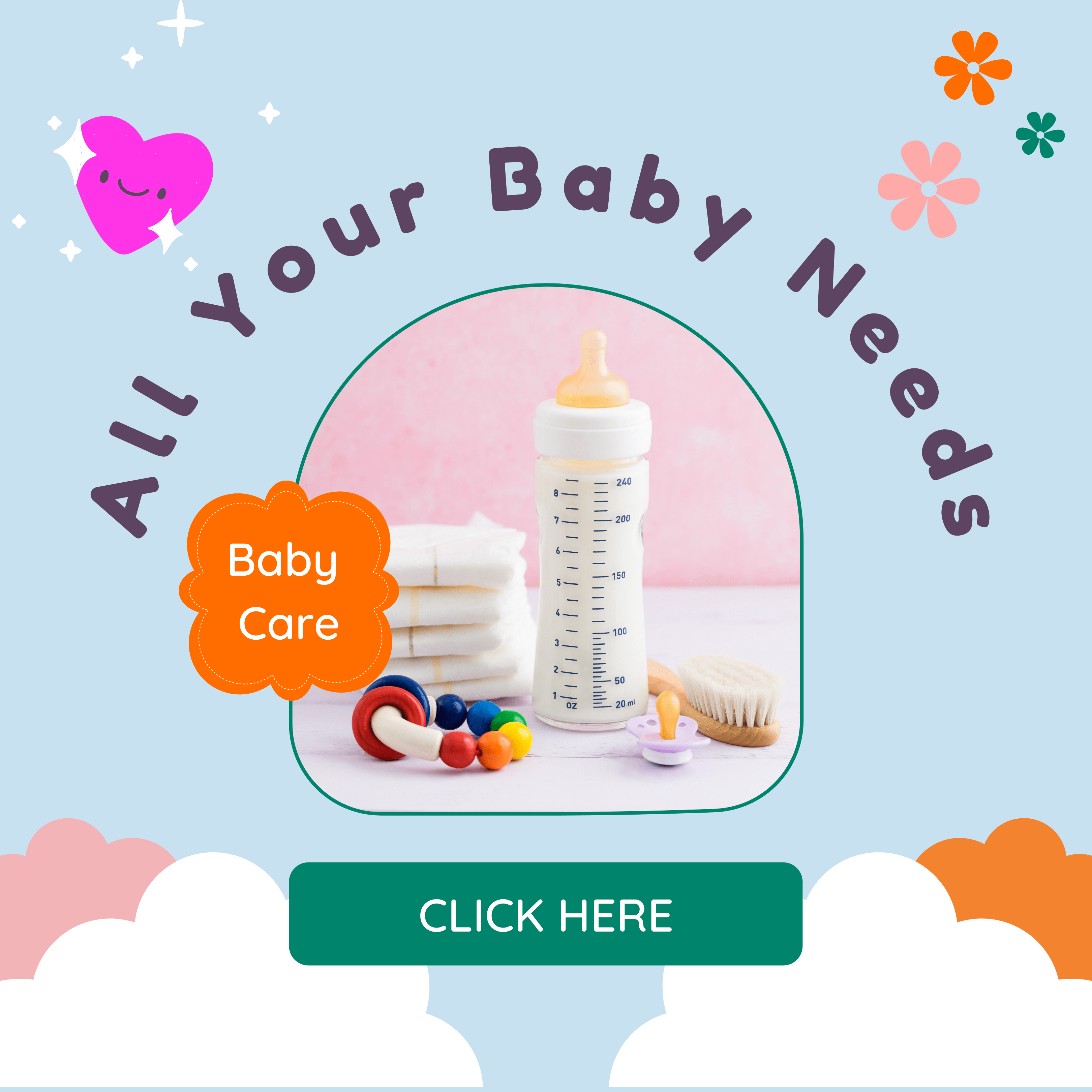As parents, we all have experienced those moments when we are in a rush to get out the door, and we resort to telling our children to “hurry up.” It may seem like a harmless way to motivate our children to move more quickly, but in reality, it can have a negative impact on their self-esteem and create unnecessary stress in our household. So it’s time to stop saying “Hurry up”.
Instead of constantly rushing our children, stop saying “Hurry up”; adopt a more positive approach that considers their pace according to their developing brain and helps build positive habits. This week’s parenting guide offers practical tips to help parents create a stress-free environment and encourage their children to move at a comfortable pace.
By taking a more mindful approach, we can help our children develop healthy habits that will benefit them for years to come. Here are some of the tips that can be helpful to stop saying “Hurry up”:
1. Plan in advance
Planning in advance can be a helpful strategy to reduce the need for rushing and minimize the stress associated with it. By planning ahead, parents can ensure that their child has enough time to complete their tasks without feeling hurried or rushed.
One way to plan ahead is to create a schedule or routine for your child. This can include a set time for waking up, getting dressed, having breakfast, and leaving for school. By having a routine in place, children can anticipate what comes next and are less likely to feel overwhelmed or rushed.
Another way to plan ahead is to prepare everything the night before. This includes packing lunch, selecting clothes for the next day, and gathering all necessary materials for school or other activities. This can save time in the morning and eliminate the need for rushed and chaotic last-minute preparations.
Planning ahead also helps children develop a sense of responsibility and accountability. By involving them in the planning process, children can learn to take ownership of their own schedule and learn to manage their time effectively. This can lead to a sense of empowerment and confidence in their ability to manage their own tasks and responsibilities.
2. Use positive language
Using positive language is an effective way to motivate your child and encourage them to move at a reasonable pace. Instead of telling them to hurry up, try framing things in a positive way. When your child is taking too long to finish breakfast, stop saying “hurry up”, instead try saying something like “let’s finish breakfast so we can have more time to play before we leave.” By framing things positively, you’ll be able to encourage your child to move without causing them unnecessary stress.
Another way to use positive language is to give your child a compliment or positive reinforcement when they move at a good pace. For example, you can say “Great job getting dressed so quickly!” or “I’m proud of you for finishing your homework on time.” By giving your child positive feedback, you’ll help build their confidence and motivate them to continue to move at a good pace.
3. Give them time warnings
Children don’t have the same concept of time as adults, so it’s important to give them time warnings to help them understand how much time they have left. This can help them manage their time more effectively and reduce the likelihood of last-minute rushes.
For example, if you need to leave for an appointment at 2:00 PM, you can tell your child “We need to leave in 30 minutes, so let’s start getting ready.” This gives them a clear indication of when it’s time to start getting ready, and allows them to plan their time accordingly. You can also use visual cues like a timer or clock to help them understand how much time they have left.
Giving your child time warnings can also help reduce the stress and anxiety that comes with rushing to get ready. By giving them plenty of notice, they’ll be able to manage their time more effectively and avoid the last-minute rush that can cause stress and tension for both you and your child.
4. Make it a game
When children are having fun, they are more likely to be engaged and motivated. Making getting ready a game can turn a potentially stressful situation into an enjoyable one. Set a timer for your child and challenge them to get ready in a certain amount of time. You can even make a scoreboard or chart to track their progress over time. This not only adds an element of fun, but it also helps to develop time-management skills and encourages healthy competition.
Another game you could play is a scavenger hunt. Hide items that your child needs to get ready, such as their shoes or backpack, and challenge them to find them all before the timer goes off. This not only makes getting ready more fun, but it also teaches your child to be organized and helps them to develop problem-solving skills.
5. Create a routine
Creating a daily routine helps children develop a sense of structure and predictability. When children know what to expect, they are more likely to take responsibility for their own actions and become more independent. A morning routine can include activities such as getting dressed, brushing teeth, eating breakfast, and packing their backpack.
Creating a visual schedule can help children follow the routine more easily. You can create a chart or a picture schedule that outlines the steps they need to take each morning. This can be especially helpful for younger children who may not be able to read yet. You can use pictures or stickers to represent each task and allow your child to check them off as they complete them.
Incorporating positive language and time warnings into the routine can also be helpful. For example, you can say “We have 15 minutes before we need to leave, let’s finish up our breakfast and get dressed.” This helps your child understand the urgency of the situation and encourages them to take responsibility for their actions. Creating a routine takes time and effort, but the benefits for both you and your child are worth it in the long run.
Recommended reading: Reasons Why a Daily Routine Is Important For Children
6. Provide choices
Providing choices is an effective way to encourage children to take ownership of their tasks and responsibilities. When children feel like they have a say in the matter, they are more likely to cooperate and complete tasks without resistance. Providing choices can also help to prevent power struggles and reduce conflict between parents and children. By offering choices, parents can avoid the common trap of micromanaging their children’s activities, which can ultimately lead to frustration and disengagement. For example, stop saying, “Hurry up and get dressed,” parents can offer the choice of which outfit to wear or which activity to start first.
7. Model behavior
Modeling behavior is another effective way to encourage positive habits and routines in children. Children often learn by observing and imitating the behavior of those around them. If parents consistently exhibit calm and organized behavior, children are more likely to internalize these qualities and develop them as habits. On the other hand, if parents exhibit disorganized or rushed behavior, children may pick up on these habits as well. Parents can model behavior by demonstrating how to plan and organize daily activities, practicing good time management, and maintaining a positive attitude even in stressful situations.
By following these tips, we can create a stress-free environment for our families and help our children develop healthy habits that will serve them well in the future.




